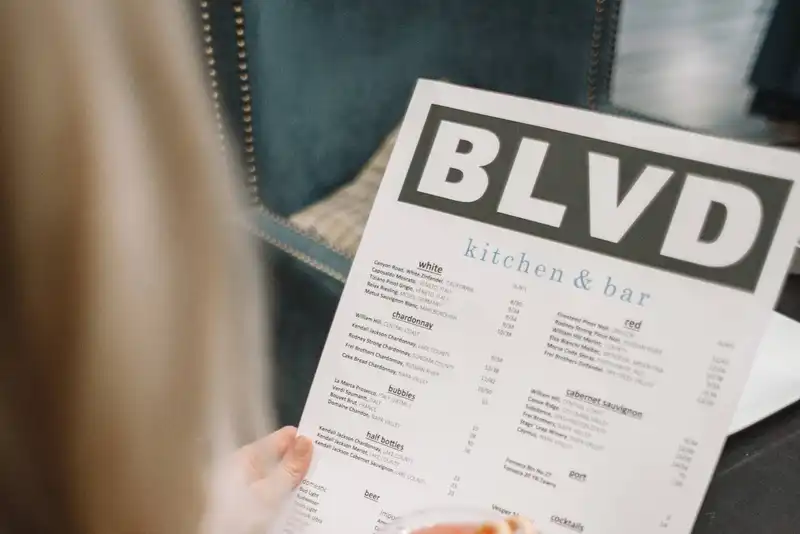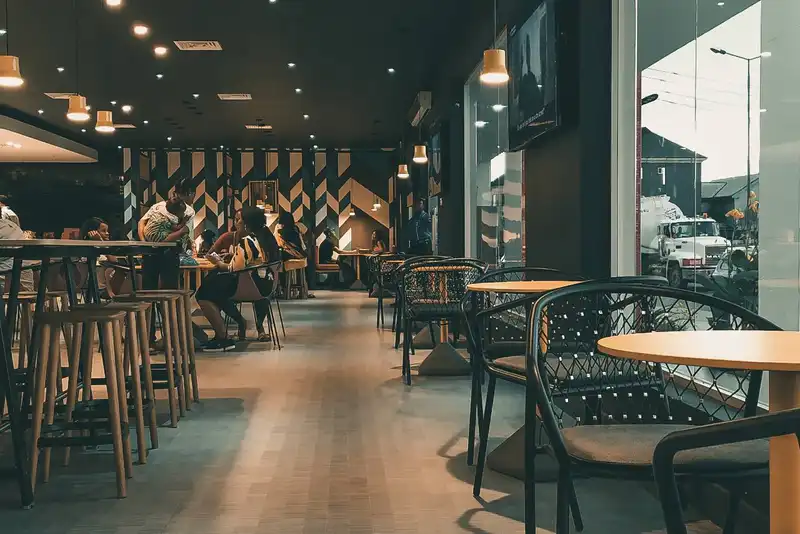Restaurant Cost Breakdown - 4 Major Sources of Expenses
One of the main challenges of running a restaurant is understanding and managing the various costs that are associated with operations. Along with the expenses for equipment and utilities, management must also control rising food costs caused by inflation and increases in taxes and labor costs.
By keeping track of these expenses, restaurant managers will be able to make informed decisions that will help them to remain profitable.
4 Major Restaurant Costs

Restaurant costs depend on the size of the business, its concept, and location. However, most eateries can expect 4 main costs - labor, food, utilities, and equipment.
1. Labor Costs
Labor costs refer to the hourly wages and salaries a business pays its employees. These costs also encompass vacation and sick day pay, healthcare, overtime, bonuses, and payroll taxes.
To ensure that the amount of money spent on labor does not make a negative impact on profitability, restaurant managers need to calculate their labor cost percentage. They can do so by dividing their total labor costs by their total sales in a given period and multiplying the quotient to 100.
This percentage will give businesses insight into how efficient their labor force is in producing profits. Typically, fast-casual restaurants will have an average labor cost percentage of 28.9%, while upscale-casual eateries have 30.4%.
Restaurants with rising labor costs can implement various methods to control expenses without having to sacrifice quality service, such as-
- Train Employees
- Enhance Employee Retention
- Improve Processes
2. Restaurant Food Costs

By understanding food costs, managers can establish menu prices that will ensure profitability.
The two main costs related to food that restaurateurs need to monitor are the cost per dish - also known as plate costs - and period costs, which is the cost of food over a given period.
To find a restaurant's plate cost, managers need to take the portion cost and divide it by the sales price, and then multiply the total to 100. On the other hand, the period cost is calculated by dividing food cost by its price and then multiplying the quotient to 100.
If businesses want to find their total food cost for a given period they need to add their beginning inventory and food purchases, and then subtract the total to their ending inventory. For example, if the eatery started with $4,000 in food inventory at the start of February and purchased $20,000 throughout the month, and ended with $3,000 worth of inventory, their total food cost would be $21,000.
Restaurants that want to improve their food costs should-
- Track Seasonal Prices - Certain ingredient prices fluctuate seasonally, therefore it is important to update menu prices to reflect these changes.
- Manage Supplier Relationships - Fostering reliable and strong relationships with suppliers will allow management to benefit from deals and dedicated service.
- Use Inventory Software - These tools allow restaurants to gain visibility into their food waste and increase ordering accuracy, which can prevent overspending.
- Train Staff - Employees should be trained on how to properly handle and store ingredients to minimize spoilage and waste.
3. Utility Costs

Utility costs usually cover water, electricity, rent, gas, Internet, and phone services. These expenses will vary for each restaurant depending on various factors, such as-
- Location - Higher populated cities will generally have higher utility costs, compared to smaller towns.
- Size - Brick and mortar locations with a large floor plan will have to require more power to effectively operate.
- Weather - Depending on the typical weather of the region, the business will have to invest in heaters or air conditioning.
While utility costs cannot fully be controlled, restaurants can take steps to minimize their bills by implementing these best practices-
- Manage Consumption - Restaurants can minimize their consumption by purchasing energy-efficient appliances. There are also smart temperature systems that will shut off heating and cooling once the internal temperature reaches its set temperature.
- Find Deals - Some service providers will provide bundle deals for Internet and phone services, as well as discounted rates for loyal customers.
- Cut Services - If a restaurant can function without a specific service, then management should cut it from their budgets.
4. Restaurant Equipment Costs

Restaurants need equipment to operate and provide customer service. The most common supplies management needs to invest in are-
- Small Wares - Tableware, utensils, and takeout containers
- Furniture - Indoor or outdoor tables and chairs
- Kitchen Equipment - Ovens, freezers, and refrigerators
Management must also consider budgeting extra money in case a piece of equipment needs maintenance or if tableware breaks.
To minimize supply costs, businesses can-
- Buy Used Equipment - Management can purchase second-hand supplies at auctions and resale stores.
- Regular Maintenance - Regularly inspecting and fixing restaurant equipment will help it last longer and prevent the need for a more costly repair in the future.
- Handle Supplies Properly - Fragile goods, like glassware, should be handled and stored properly to minimize breakage.
By understanding the different restaurant costs and effectively implementing measures to minimize expenses, restaurateurs can protect their bottom line and increase their profit margins.





